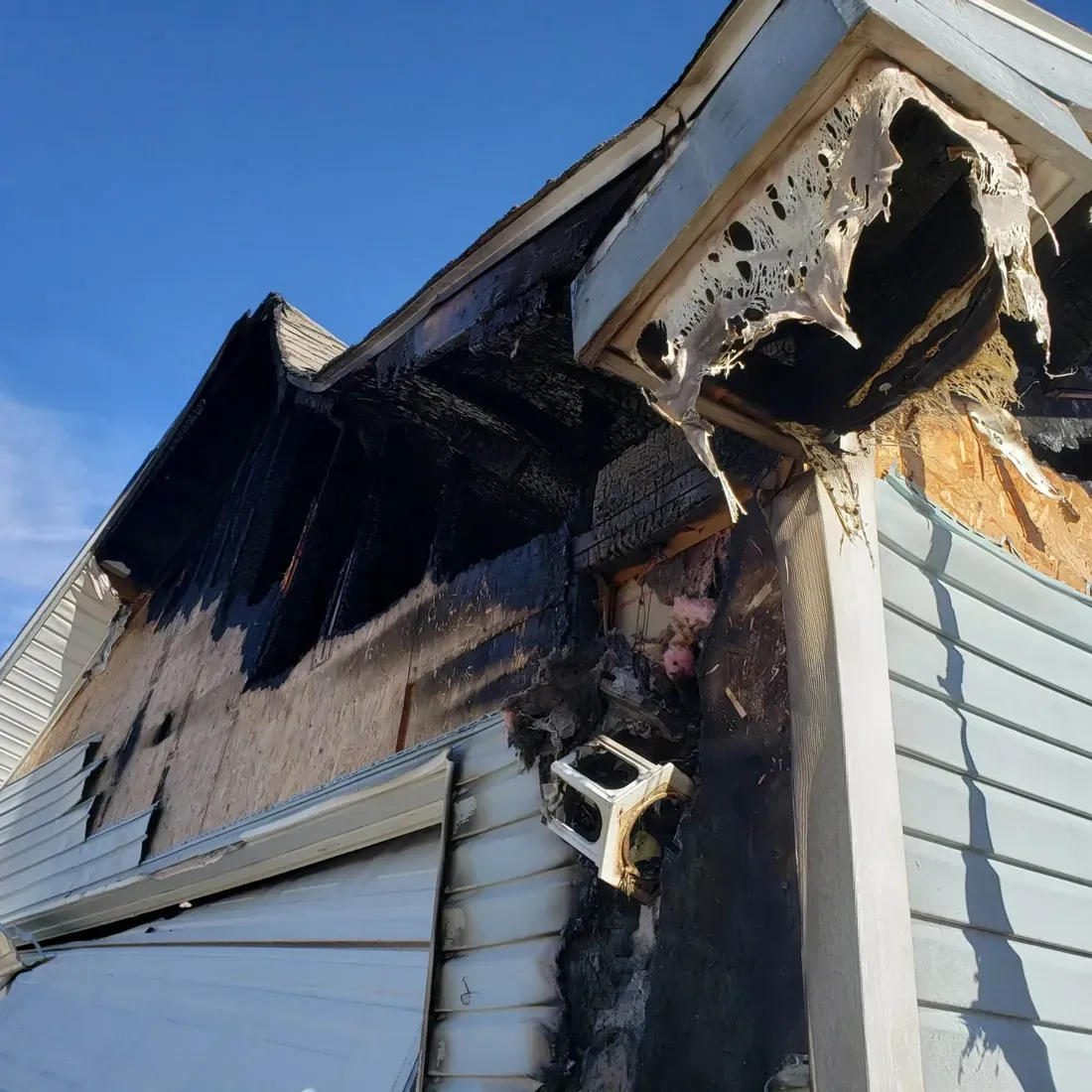Why You Should Trust Fire Damage Pros in Mandeville, LA

In the past four decades, the scenario of home structure fires in places such as Mandeville, LA, and Lake Charles, LA, has experienced a significant transformation. Understanding this evolution is crucial in directing future fire prevention efforts. Between 2016 and 2020:
- More than a quarter of reported fires happened in residential structures.
- Many civilian fire casualties, 75% of deaths and 74% of injuries, resulted from these home structure fires.
- Fire departments across the United States, including Mandeville, LA, and Lake Charles, LA, responded to an estimated 343,100 home structure fires yearly.
Fire Damage Lake Charles LA
Certain factors have escalated the risks. For instance, the death rate from fires starting with upholstered furniture or mattresses has surged significantly. Over the last few years, five primary causes of home fires in Mandeville, LA, and Lake Charles, LA, were identified:
- Cooking
- Heating equipment
- Electrical distribution and lighting equipment
- Intentional fire setting
- Smoking materials
Despite a considerable reduction in reported home fires and fire-related deaths since 1980, the death and injury rate per reported fire has consistently remained high. By 2021, areas including Mandeville, LA, and Lake Charles, LA, saw:
- A 54% decrease in reported home fires since 1980.
- A 57% reduction in reported fires in one- or two-family homes.
- A 43% drop in fires in apartments or other multi-family structures.
Even with these improvements, the 2021 home fire death toll was 45% lower than in 1980 but 10% higher than in 2020. The estimated number of reported home fire injuries was also down by 44% from 1980 figures but only 3% lower than in 2020. The 2021 home fire death and injury rates per reported fire increased by 19% and 22%, respectively, from 1980. Compared to one- or two-family homes, the stricter code requirements for apartments might explain this disparity, as it leads to more minor fires being reported in apartment properties.
While substantial improvements have been made in decreasing the frequency of home structure fires and related casualties in Mandeville, LA, and Lake Charles, LA, the data highlights an ongoing need for robust prevention and mitigation efforts. Specifically, efforts should target prevalent causes, such as cooking and smoking materials, to help reduce fire damage in these regions.
You might also like
DryMax Restoration Blogs




